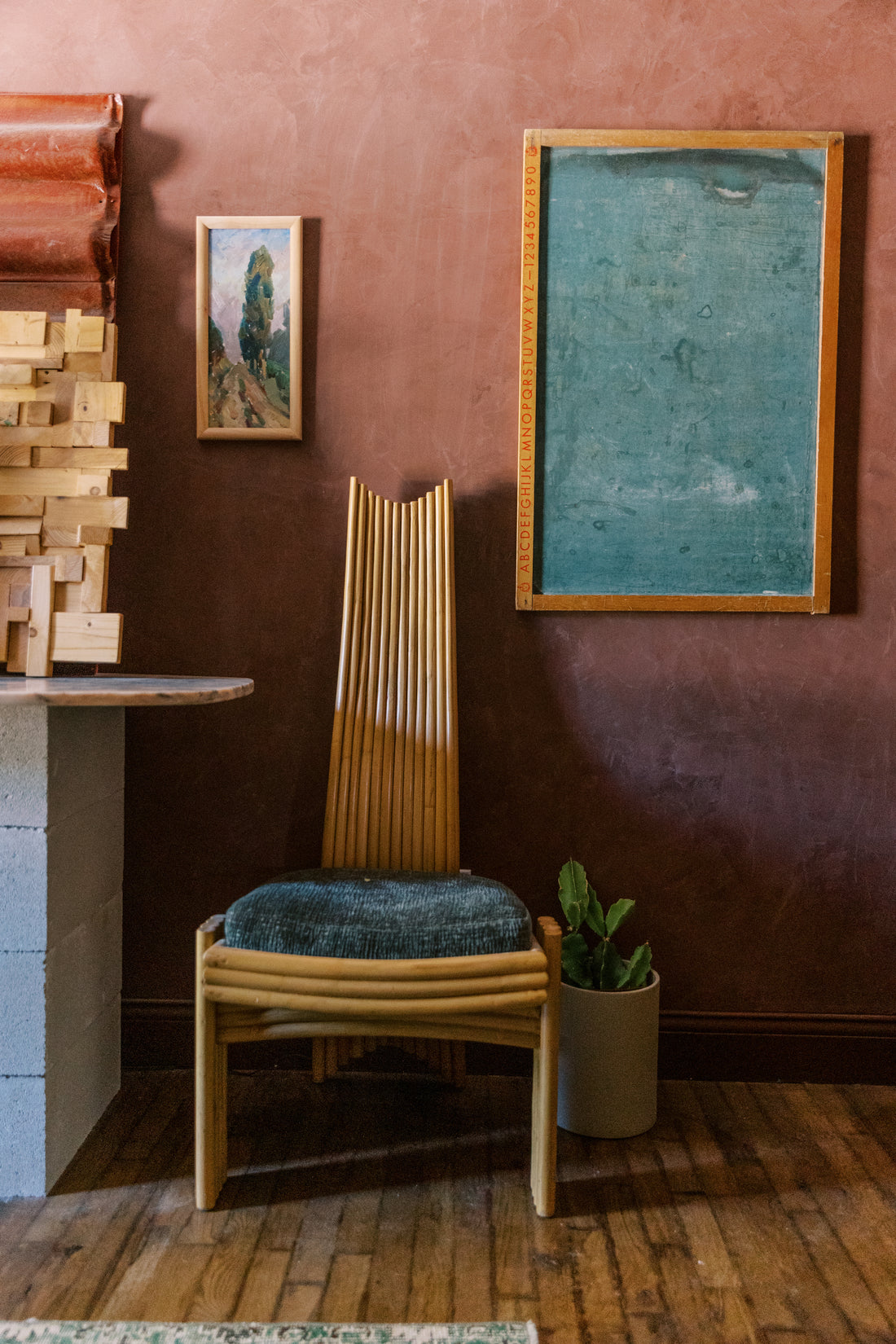What is Roman Clay?
Portola’s Roman Clay is thin plaster/paint hybrid that is applied using a spatula to a very smooth wall. It creates a modeled matte finish. The finish replicates matte old world plaster.

What is the difference between Lime Wash and Roman Clay?
Lime wash and Roman Clay both create a beautiful rustic wall finish but are a bit different. Roman Clay is applied with a putty knife or trowel and the Lime Wash is applied with a brush. The Roman Clay needs to be applied to a very smooth wall it comes out very smooth and soft to touch. The Lime Wash can go on more surfaces including wood and finishes with a more suede-like appearance.
How is Roman Clay different then Lime and Venetian plasters?
Our Lime based plasters are made from lime with the addition of marble dust or agitate that can either provide a polish or more of a texture. Roman Clay is still a traditional finish instead of being a lime based plaster is I made from gypsum. It comes out with a similar look to the Venetian but instead of the high gloss it creates a beautiful matte finish.
How do you apply Roman Clay?
Materials Needed:
Portola Roman Clay (To determine the exact amount required for your space, measure it and look at the coverage chart)
4-inch - 6-Inch metal joint knife (Metal is recommended, but plastic can also be used. Note that metal may leave minor scrape lines, which can add a unique texture.
320 grit sandpaper
Application Instructions for the First Coat:
- Begin with a thin first coat; the product doesn't need to be applied thickly.
- Place a small amount of the product on your 4-inch metal joint knife.
- Apply the product to the wall using a curved motion to introduce movement.
- Start in one corner and gradually move across the wall; avoid starting in the middle.
- Work on completing one full wall at a time to prevent edges from drying too quickly and creating a rough overlap.
Between Coats:
- Allow the product to fully dry before applying the second coat. Overnight drying is recommended, but you can wait 3-4 hours between coats if needed.
- Before applying the second coat, sand any raised parts of the wall using 320 grit sandpaper. This step ensures a smooth application for the second coat.
Second Coat:
- Apply the second coat using the same technique as the first coat, employing half circular and squiggle motions.
- Ideally, aim to complete the entire wall in one go.
- Allow the second coat to dry fully, waiting at least a couple of hours. Overnight drying is preferable for optimal results.
- Once again, sand any raised parts of the wall using 320 grit sandpaper to maintain a smooth finish.
- Optionally, consider applying a finish to the walls. Although not personally done in this instance, Portola sells a protective finish that can be applied at the end. This final coat enhances durability and facilitates easier cleaning
We are excited to be offering the full line of Roman Clay from Portola Paints in our Vancouver, BC location. We also offer in through our online store and can ship it across Canada. Please let us know if you have questions we are happy to help walk you through your project.
You can browse through all the beautiful colours here

